When the Australian government passed legislation in November last year banning young people under 16 from social media, it included exemptions for platforms “that are primarily for the purposes of education and health support”. One such platform was YouTube.
The government is currently conducting private consultations with the tech industry over how the social media ban – which won’t come into effect until at least December this year – will work, and the decision to exempt YouTube.
Meta and TikTok have criticised the exemption. These tech giants have pointed to research which shows YouTube is the most popular social media platform among young people. They argue all social media sites used by under 16s should be held to the same standard.
YouTube plays an important part in the digital lives of teens. It is a key source of information and entertainment for young people. At the same time, however, the video streaming platform hosts a diverse range of potentially harmful content, including content espousing misogynistic, racist, hateful and far-right ideologies.
So is YouTube’s exemption from the social media ban justified?
A multipurpose platform
For many teens, YouTube is a major source of information. It offers not only entertainment, but also a sense of community.
Young people use it to listen to and search for music and for watching television content; to keep up with news; to create their own content; for social connection; and to learn about new topics.
YouTube has also been found to create a sense of community and boost the collective self-esteem of the LGBTQ community.
Many organisations – such as mental health and sexual health organisations – seek to deliver important health information to young people through YouTube.
In my research with families, parents and teens have told me YouTube is an invaluable source of information for both parents and teens. It can facilitate family bonding through co-viewing of either educational or entertaining videos.
YouTube occupies an important place in the lives of young people. So banning them from it would cut off an important source of information, education, entertainment and connection.
PixieMe/Shutterstock
Recommending harmful content
However, we also know that YouTube – like other social media sites and the internet more broadly – also contains potentially harmful content that the platform may recommend to young users.
The algorithmic systems that recommend new videos to viewers can be difficult to study due to their opaque nature as commercially valuable IP carefully guarded by platforms.
But from the studies that do exist, we know YouTube’s recommendation system has served content that is sexually explicit and otherwise distressing to young users.
A recent report by Reset Tech also found YouTube’s algorithms may promote misogynistic and other extremist content to young people.
A different design
YouTube has in place a range of content moderation policies designed to combat these issues. For example, it takes action to prioritise in its recommendations sources from channels it deems reliable and unlikely to contain harmful content, with mixed results.
Content that might harm young people is explicitly banned under the platform’s community guidelines.
Of course, most social media platforms have similar restrictions in their guidelines.
A key difference between YouTube and other social media platforms, however, is the way YouTube is designed to be used.
Unlike Facebook, Instagram and Snapchat, YouTube is not designed to be a social network. Users can and most commonly do go to the platform to passively watch videos, just as they might go to Disney+ or Netflix.
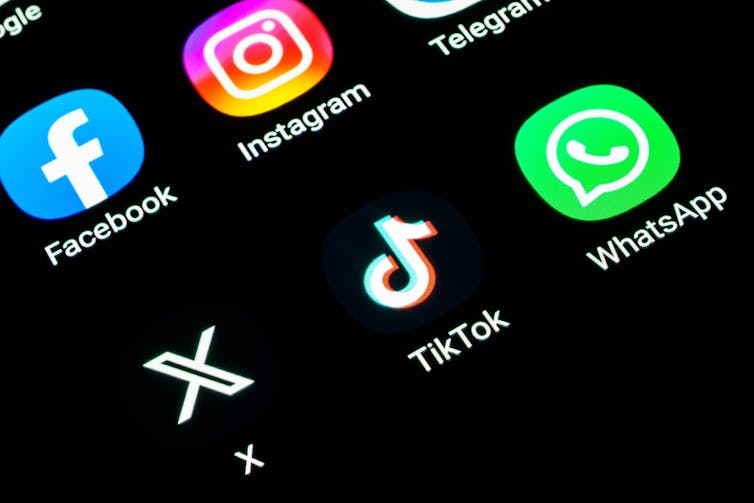
Danishch/Shutterstock
Striking the right balance
The most alarming research into the impact of social media on young people suggests they are at the highest risk of harm when they are encouraged to actively rather than passively participate on social media platforms.
Exempting YouTube from the ban strikes the right balance between recognising and valuing forms of cultural practice and consumption important to young people today and protecting them from online harm.
But we should still continue to demand better practices from YouTube. There is always more these social media companies can do to protect their users from harm. When they fail to do so, they should be held accountable.
While exempting YouTube from this ban, they should still be held to the highest safety standards under Australia’s Online Safety Act.
The exemption also does not mean young people should be able to freely engage with YouTube without restriction or oversight.
We must talk to our kids about what they watch, teach them critical thinking skills and ensure they have rich lives outside of the digital realm.
One tangible step parents can take to reduce the risk of harm is to turn off the autoplay setting on YouTube for their kids, so videos do not stream back to back, stopping the endless flow of videos and providing an opportunity for viewers to consider what and whether they want to watch another video.

The post “YouTube hosts a lot of garbage – but the government is right to let kids keep watching it” by Catherine Page Jeffery, Lecturer in Media and Communications, University of Sydney was published on 02/18/2025 by theconversation.com



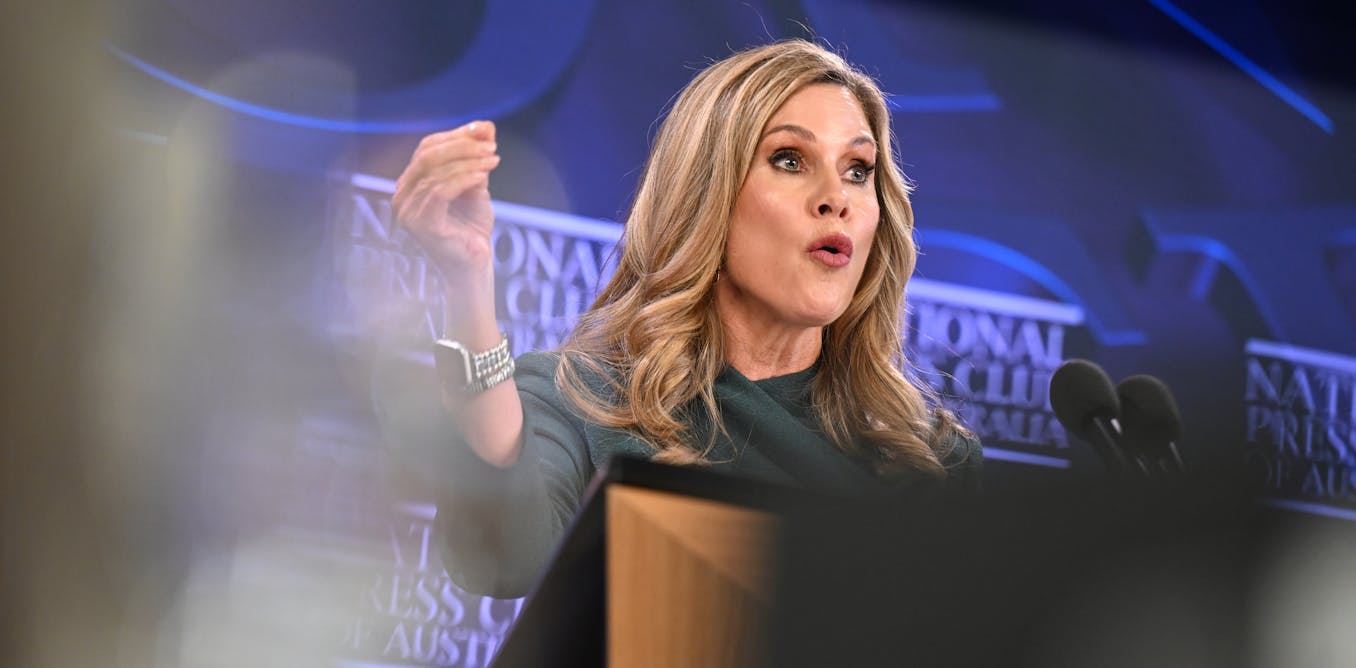




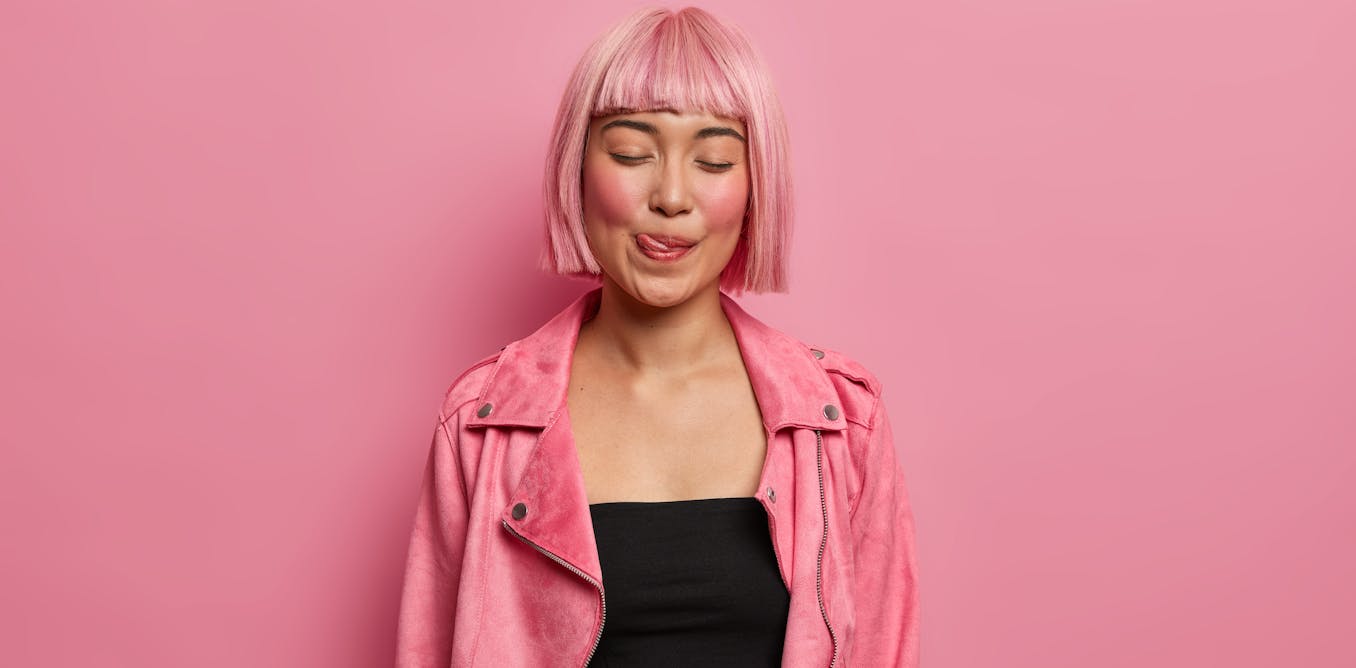

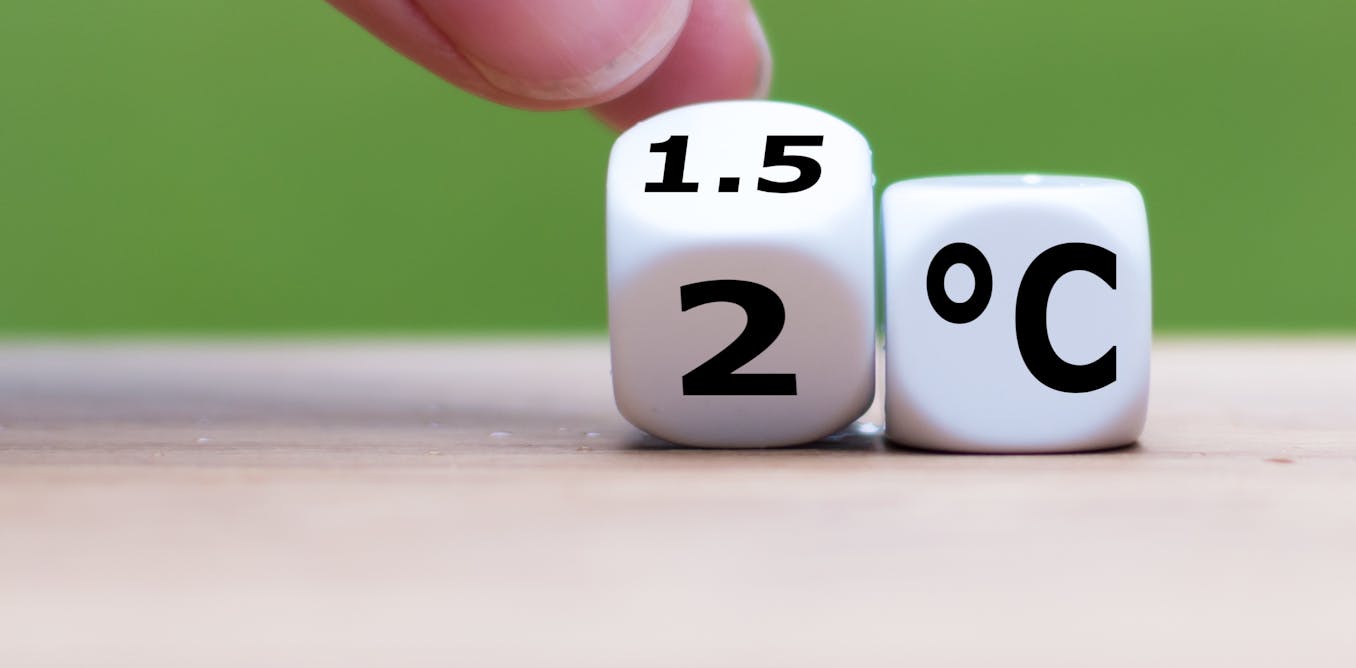

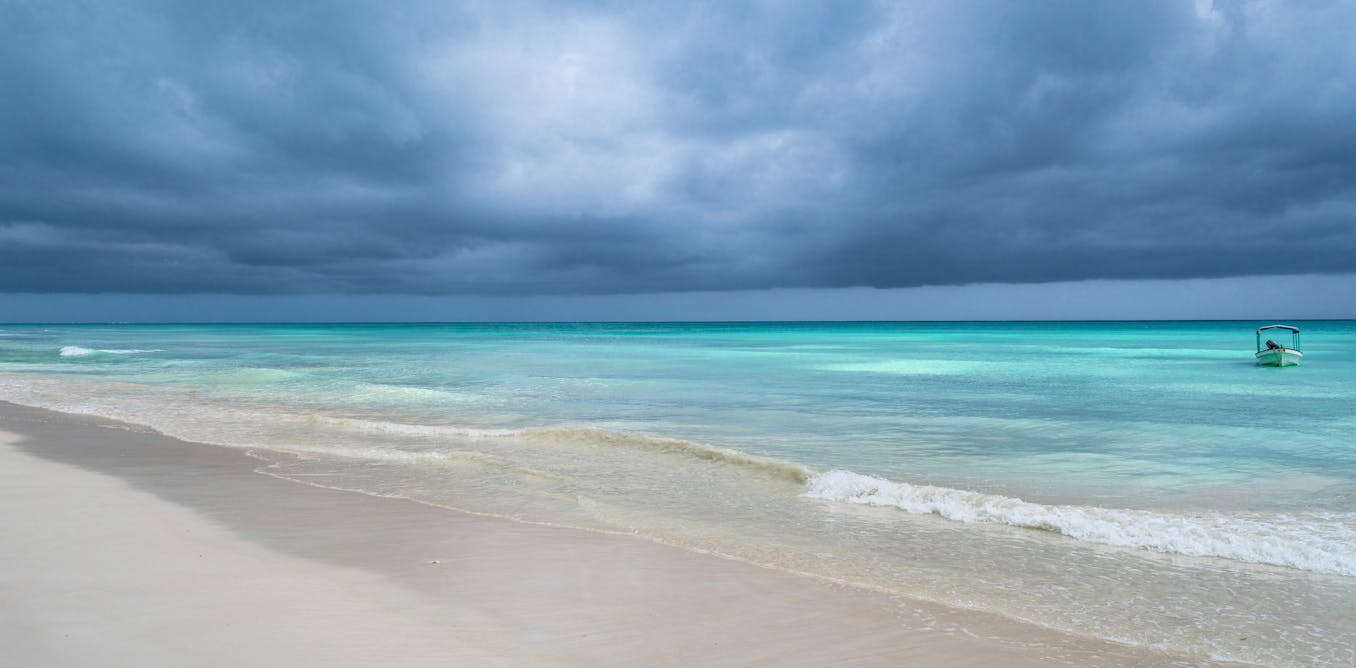
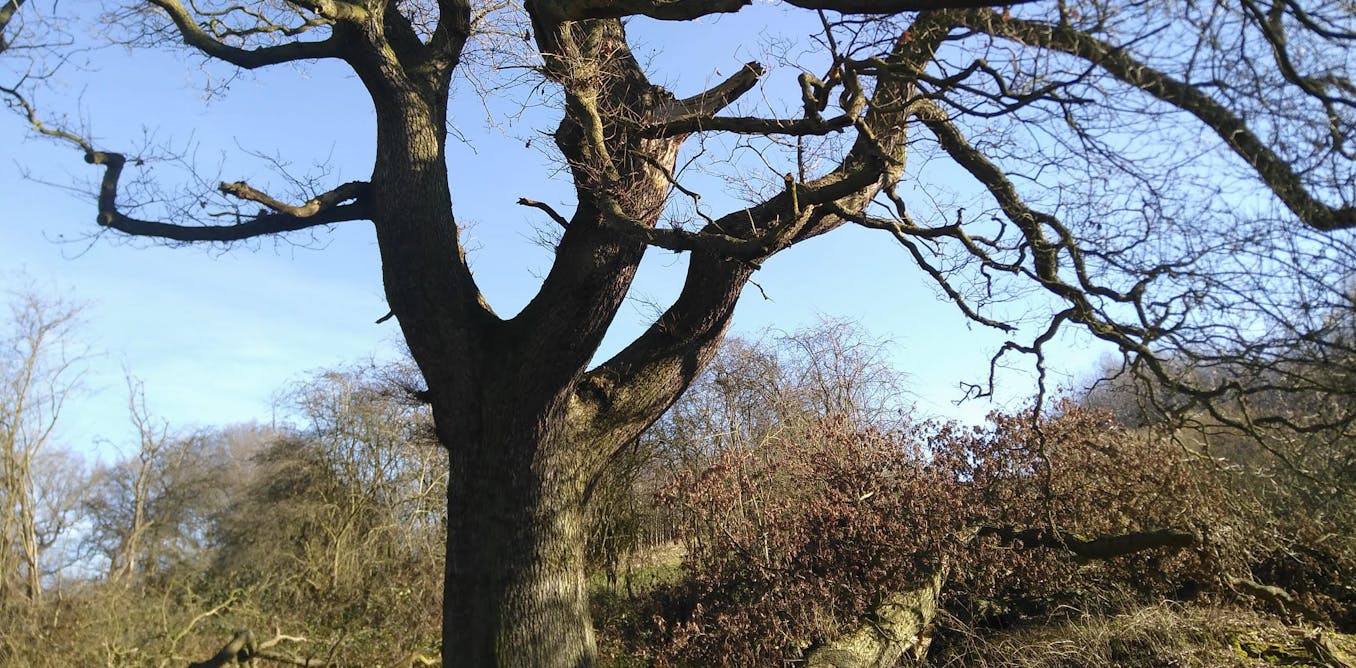


















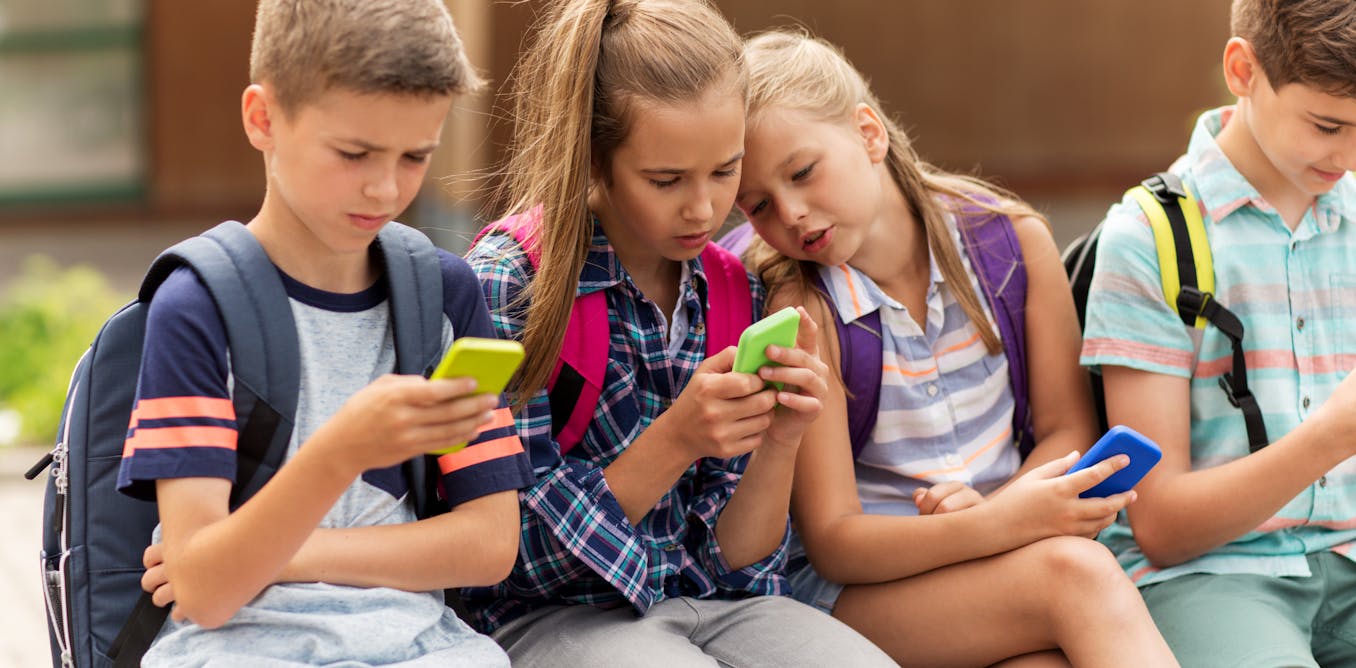
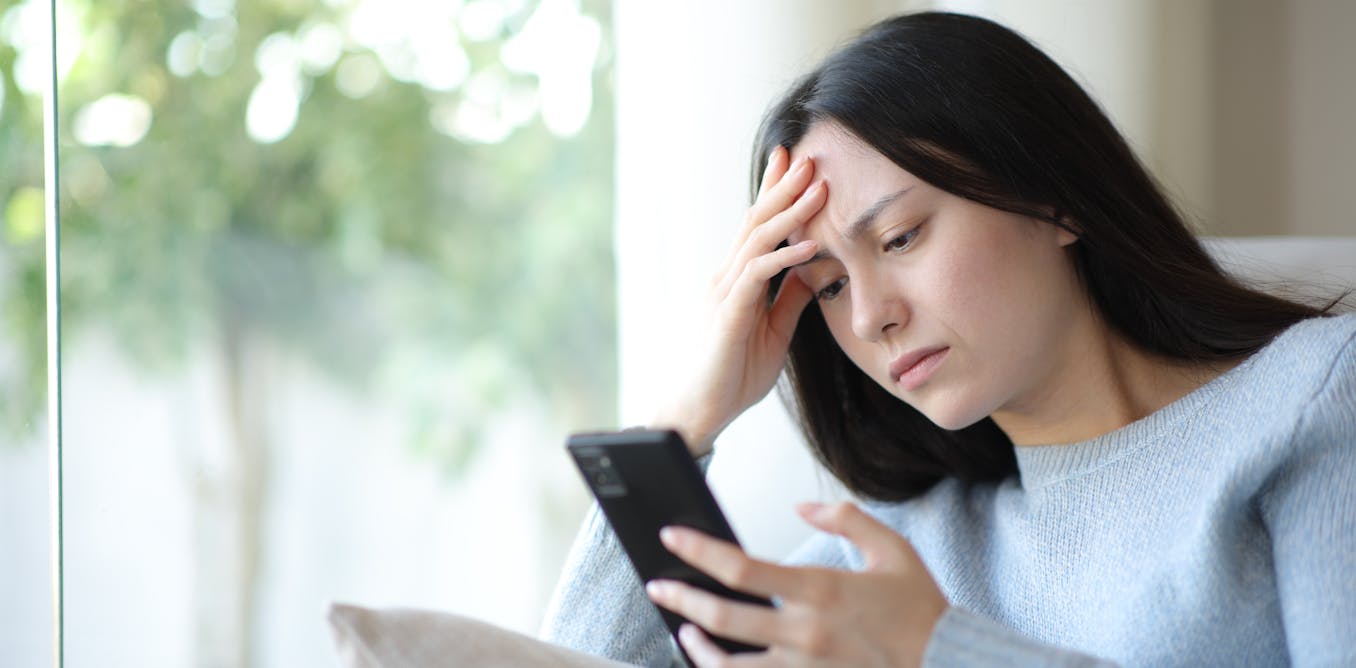


Leave a Reply